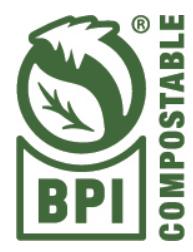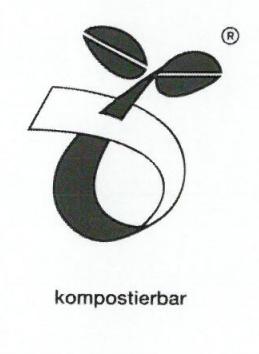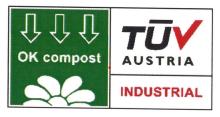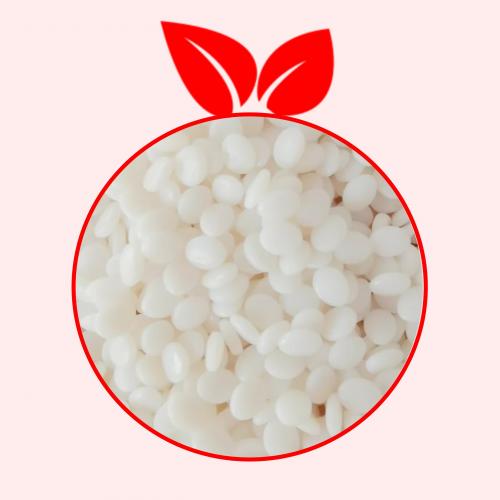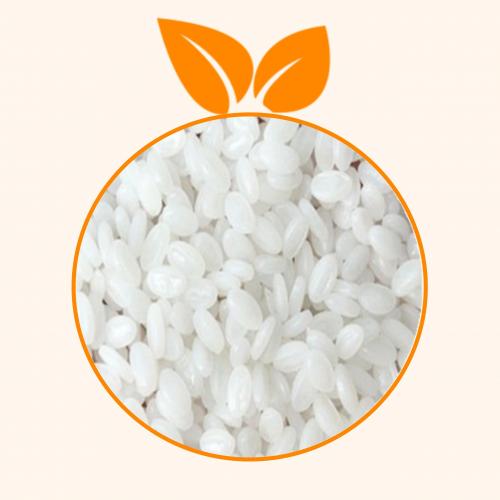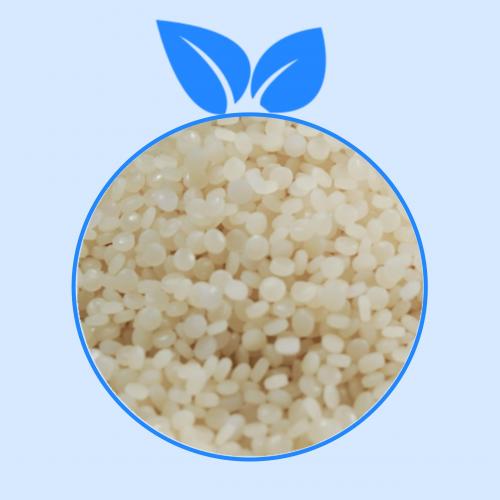1. What is PLA?
PLA is short of Polylactic Acid or Polylactide polymers, it is originated from sugarcane, corn, wheat straw etc.
2. How it is made?

3. What is the molecular structure?
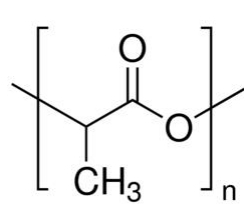
CAS NO: 9051-89-2
4. Product shape and photo

Translucent pellets
5. Life cycle
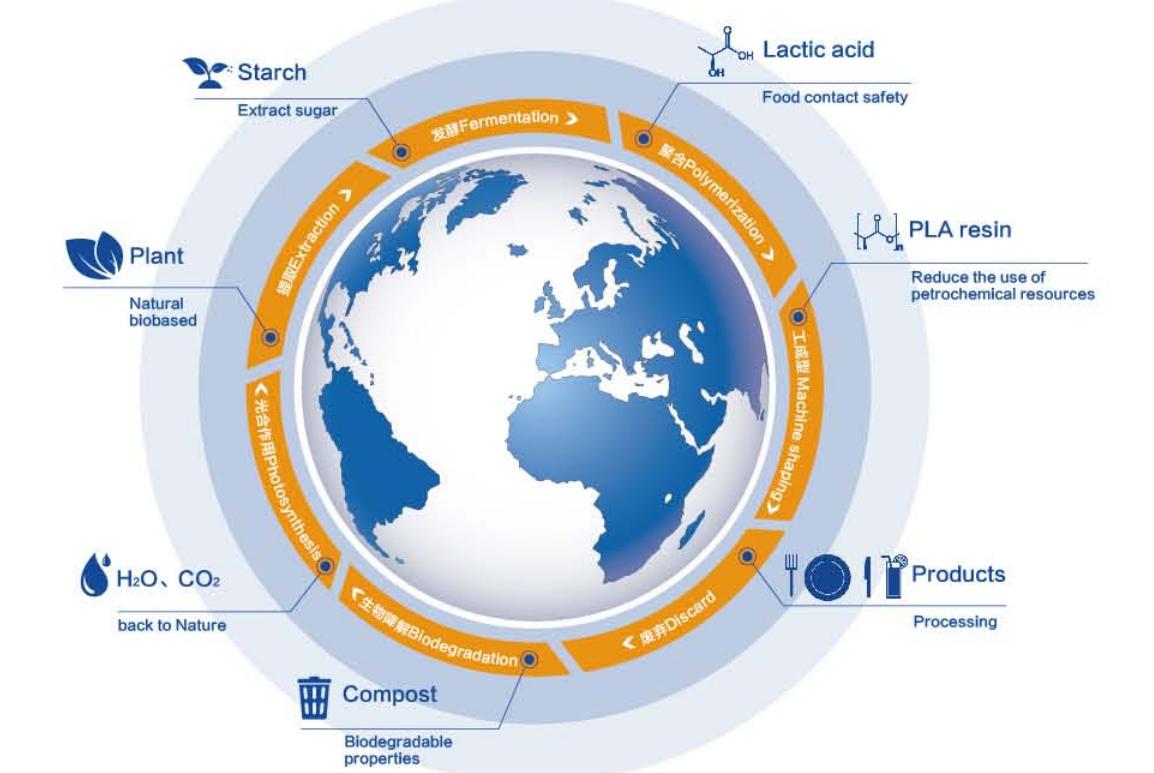
6. Grades and specifications
GRADE | Test Method | 110 | 190 | 210 | 290 |
PhysicalProperties | |||||
Density(g/cm3) | GB/T1033-1986 | 1.25±0.05 | 1.25±0.05 | 1.25±0.05 | 1.25±0.05 |
Melt Index, g/10min(190℃/2.16kg) | GB/T3682-2000 | 2~10 | 2~10 | 12~40 | 10~30 |
Melting Point (℃) | GB/T19466.3-2004 | 155~160 | 170~180 | 160~170 | 170~180 |
Glass Transition Temperature (℃) | GB/T19466.3-2004 | 59~62 | 60~63 | 58~62 | 60~63 |
Clarity | Transparent | Opaque | Opaque | ||
Crystalinity (%) | 0~30 | 20~40 | 20~40 | ||
MechanicalProperties | |||||
Tensile Strength (MPa) | GB/T1040-1992 | ≥45 | ≥45 | ≥45 | ≥45 |
Elongation at Break (%) | GB/T1040-1992 | ≥2.5 | ≥2.5 | ≥2.5 | ≥2.5 |
Izod Impact (kJ/m2) | GB/T1043-1992 | ≥1.0 | ≥1.0 | ≥1.0 | ≥1.0 |
7. Features
100% biobased
100% plant sourced
100% renewable source
100% biodegradable
100% compostable
No fossil
GMO free
Food contact safety
High transparency
With good heat resistant after crystallization
Low carbon footprint
Toxic free
Recyclable
8. Applications
Injection I Extrusion I Thermoforming I Blown film I Casting film I Lamination I 3D printing I Fiber/Non-woven
9. Compostability
Industrial compostable
10. Certificates
